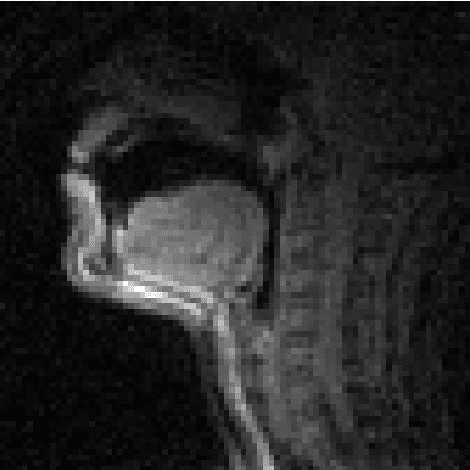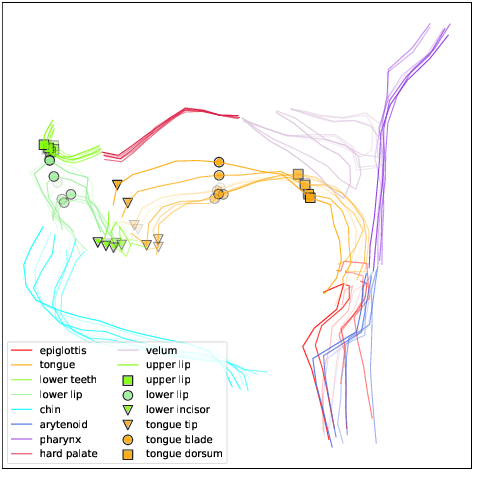Deep Speech Synthesis from MRI-Based Articulatory Representations
Paper and Code
Jul 05, 2023



In this paper, we study articulatory synthesis, a speech synthesis method using human vocal tract information that offers a way to develop efficient, generalizable and interpretable synthesizers. While recent advances have enabled intelligible articulatory synthesis using electromagnetic articulography (EMA), these methods lack critical articulatory information like excitation and nasality, limiting generalization capabilities. To bridge this gap, we propose an alternative MRI-based feature set that covers a much more extensive articulatory space than EMA. We also introduce normalization and denoising procedures to enhance the generalizability of deep learning methods trained on MRI data. Moreover, we propose an MRI-to-speech model that improves both computational efficiency and speech fidelity. Finally, through a series of ablations, we show that the proposed MRI representation is more comprehensive than EMA and identify the most suitable MRI feature subset for articulatory synthesis.
 Add to Chrome
Add to Chrome Add to Firefox
Add to Firefox Add to Edge
Add to Edge